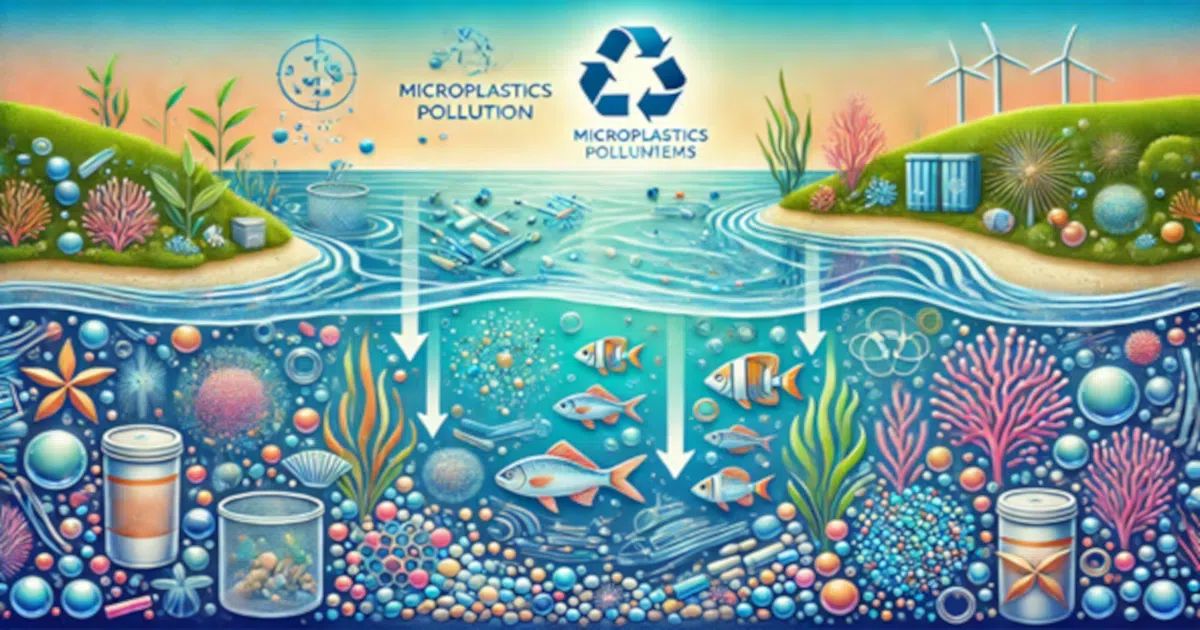- 3.0Impact Factor
- 6.0CiteScore
- 20 daysTime to First Decision
Microplastics Pollution in Aquatic Environments
This special issue belongs to the section “Biodiversity and Functionality of Aquatic Ecosystems“.
Special Issue Information
Dear Colleagues,
The pervasive presence of microplastics in aquatic environments has raised global concerns due to their persistence, potential for bioaccumulation, and detrimental effects on ecosystems and human health. This Special Issue of Water aims to advance our understanding of microplastic pollution, addressing the sources, transport mechanisms, environmental behavior, and ecological impacts of microplastics in various aquatic systems.
We invite submissions that explore a range of topics, including, but not limited to, the following:
- Detection, characterization, and quantification of microplastics in freshwater and marine environments;
- Sources, transport, and fate of microplastics across aquatic systems;
- Ecotoxicological effects of microplastics on aquatic organisms and food webs;
- Interactions between microplastics and other pollutants;
- Mitigation and management strategies for reducing microplastics pollution;
- Development of environmentally friendly alternatives to conventional plastics.
This issue seeks to bring together research that highlights innovative methods, multidisciplinary approaches, and policy-relevant findings to inform future research directions and practical solutions.
Prof. Dr. Xueqiang Lu
Prof. Dr. Chengtao Li
Guest Editors
Manuscript Submission Information
Manuscripts should be submitted online at www.mdpi.com by registering and logging in to this website. Once you are registered, click here to go to the submission form. Manuscripts can be submitted until the deadline. All submissions that pass pre-check are peer-reviewed. Accepted papers will be published continuously in the journal (as soon as accepted) and will be listed together on the special issue website. Research articles, review articles as well as short communications are invited. For planned papers, a title and short abstract (about 250 words) can be sent to the Editorial Office for assessment.
Submitted manuscripts should not have been published previously, nor be under consideration for publication elsewhere (except conference proceedings papers). All manuscripts are thoroughly refereed through a single-blind peer-review process. A guide for authors and other relevant information for submission of manuscripts is available on the Instructions for Authors page. Water is an international peer-reviewed open access semimonthly journal published by MDPI.
Please visit the Instructions for Authors page before submitting a manuscript. The Article Processing Charge (APC) for publication in this open access journal is 2600 CHF (Swiss Francs). Submitted papers should be well formatted and use good English. Authors may use MDPI's English editing service prior to publication or during author revisions.
Keywords
- microplastics
- ecotoxicology
- aquatic systems
- detection
- mitigation strategies

Benefits of Publishing in a Special Issue
- Ease of navigation: Grouping papers by topic helps scholars navigate broad scope journals more efficiently.
- Greater discoverability: Special Issues support the reach and impact of scientific research. Articles in Special Issues are more discoverable and cited more frequently.
- Expansion of research network: Special Issues facilitate connections among authors, fostering scientific collaborations.
- External promotion: Articles in Special Issues are often promoted through the journal's social media, increasing their visibility.
- e-Book format: Special Issues with more than 10 articles can be published as dedicated e-books, ensuring wide and rapid dissemination.

